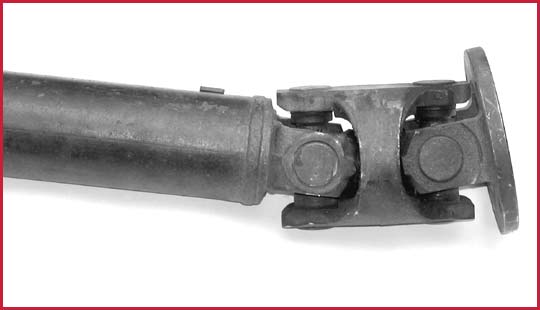I am in the process of adding an overdrive transmission and nine-inch rear to my Ford and when all the parts are installed I am going to need a shorter driveshaft. I kept the driveshaft from the lincoln MK VII that donated its transmission and I think it will work, if I can keep the double joint at the axle end that was original to the lincoln. What is the purpose of the cardan joint and would I do any harm by adding it to a vehicle that previously did not have one?

Had it running an driving yesterday to show someone the transmission, pulled the transmission by noon, and cut my cost for the swap down to $50 so far.

Double Cardan joint, please. 
Its purpose is that U-joints are not constant velocity, the more angle you put in the joint, the more the joint's output speed speeds up and slows down (twice per rev). Thus why U-joint clocking is so critical - the rear joint needs to cancel out the front joint and vice-versa.
All well and good, except you're not eliminating the speed variation (twice per revolution), you're just hiding it in 30-40 inches of tubular steel. There's going to be some NVH associated with that, acceptable for a Ford but for a Lincoln that just won't do. So, the double Cardan is used, which reduces the speed oscillation down to a level where it's not a nuisance.
Really good cars just use CV joints or Guibos if they have fixed diffs. Yes, I said something nice about Guibos. I like them.






























